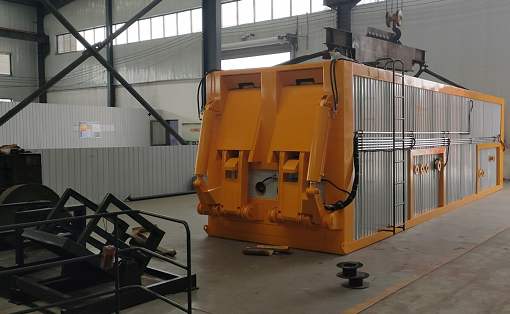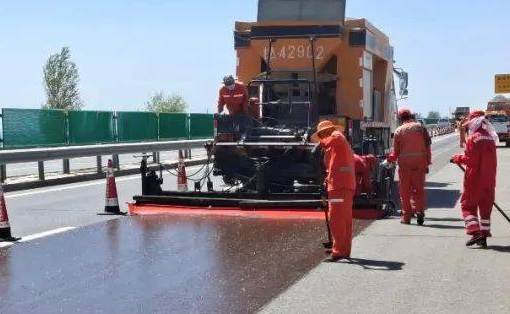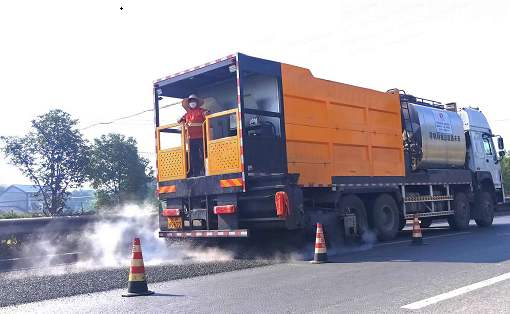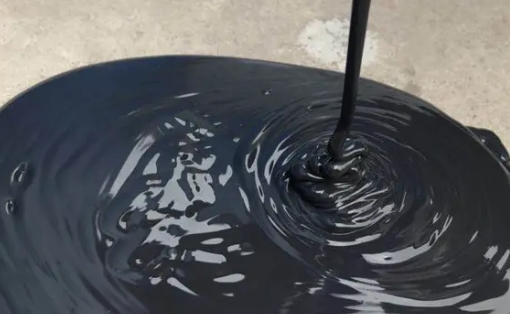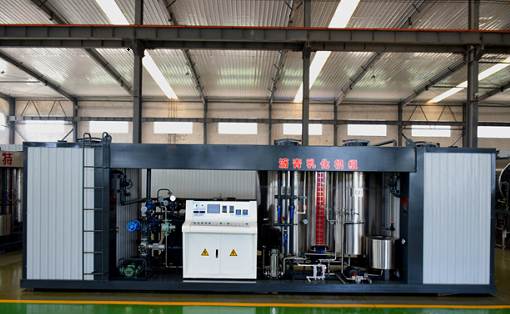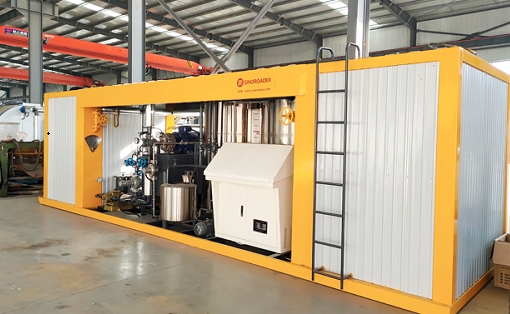Bitumen melting equipment has the following characteristics and advantages
Bitumen melting equipment has the following characteristics and advantages:
1. High safety: The control system used in the equipment can automatically detect and handle various abnormal situations to ensure the safety and stability of the operation process.
2. Good performance: The design and manufacture of the equipment are aimed at improving work efficiency, and can quickly and accurately complete the melting of asphalt to meet various production needs.
3. Strong environmental protection: The equipment generates small amounts of pollutants such as waste gas and wastewater during operation, which meets environmental protection requirements and helps protect the environment.
In short, the asphalt melting equipment, with its advanced design and technology, not only improves work efficiency, but also ensures the safety and environmental protection of the operation process.


